Home>Garden Essentials>What Do Gerbera Daisy Seeds Look Like
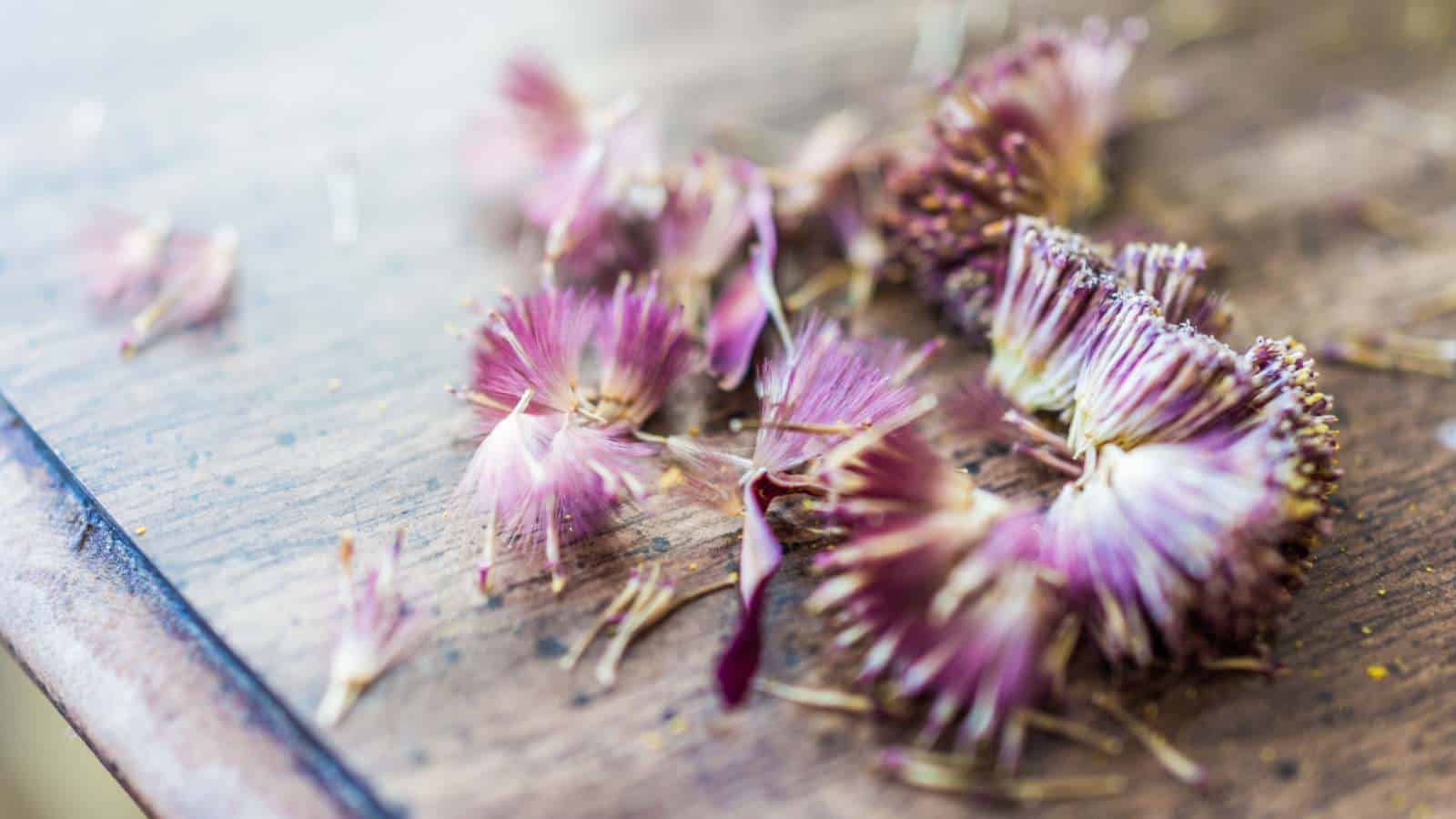

Garden Essentials
What Do Gerbera Daisy Seeds Look Like
Modified: May 6, 2024
Discover what garden gerbera daisy seeds look like and start growing your own vibrant flowers. Enhance your gardening skills with this visual guide on gerbera daisy seeds.
(Many of the links in this article redirect to a specific reviewed product. Your purchase of these products through affiliate links helps to generate commission for Storables.com, at no extra cost. Learn more)
Introduction
Welcome to the wonderful world of gerbera daisies! These vibrant and cheerful flowers are a popular choice for gardens, bouquets, and indoor decorations. In order to grow your own gerbera daisies, it is important to understand the different stages of their life cycle, including their seeds. In this article, we will take a closer look at gerbera daisy seeds, exploring their characteristics, appearance, and availability.
Gerbera daisies belong to the Asteraceae family and are native to South Africa. They are known for their large, vibrant blooms and are available in a wide range of colors, including red, yellow, pink, orange, and white. These flowers have become increasingly popular due to their long-lasting blooms, making them a favorite among gardeners and flower enthusiasts alike.
Understanding gerbera daisy seeds is essential for anyone interested in growing these beautiful flowers. So, let’s dive into the fascinating world of gerbera daisy seeds!
Key Takeaways:
- Gerbera daisy seeds come in various shades of brown, indicating their maturity level. Their small size and smooth texture protect the delicate genetic material inside, ensuring viability for successful germination.
- You can obtain gerbera daisy seeds from garden centers, nurseries, or online suppliers. Alternatively, collect seeds from mature plants or participate in seed exchanges to grow these vibrant flowers in your garden.
Read more: When To Plant Gerbera Daisy Seeds
Understanding Gerbera Daisy Seeds
Gerbera daisy seeds are the small, encapsulated structures that contain the genetic material needed to grow a new gerbera daisy plant. Each seed holds the potential to produce a beautiful flower with unique characteristics. But before we delve into their characteristics, let’s understand how gerbera daisy seeds are formed.
Gerbera daisies reproduce through a process called pollination. This occurs when pollen from the male part of the flower (the stamen) is transferred to the female part of the flower (the pistil). Once pollination occurs, the fertilized pistil begins to develop into seeds. These seeds are formed within the ovary of the flower and gradually mature over time.
Gerbera daisy seeds are incredibly vital to the plant’s survival. They allow for the dispersal of genetic material, ensuring the continuation of the species. Additionally, seeds serve as a means of propagating gerbera daisies, allowing gardeners to grow new plants from scratch.
Now that we have a basic understanding of how gerbera daisy seeds are formed, let’s explore their characteristics in more detail.
Characteristics of Gerbera Daisy Seeds
Gerbera daisy seeds possess several distinct characteristics that make them unique. By understanding these characteristics, you can better identify and handle gerbera daisy seeds for optimal germination and growth. Let’s explore some of the key characteristics of gerbera daisy seeds:
1. Color: Gerbera daisy seeds come in various colors, ranging from light brown to dark brown. The color of the seed usually indicates its maturity level. Seeds that are lighter in color may still need some time to fully mature before they can be planted.
2. Size: Gerbera daisy seeds are relatively small, measuring around 1-2 millimeters in diameter. However, their size may vary slightly depending on the specific variety of gerbera daisy.
3. Shape: Gerbera daisy seeds are generally oval or oblong in shape, with a slight curvature. This shape allows them to fit snugly within their protective seed coat.
4. Texture: The texture of gerbera daisy seeds is smooth and firm to the touch. This helps to protect the delicate genetic material inside, keeping it safe from damage and ensuring its viability.
5. Dormancy: Gerbera daisy seeds have a natural dormancy period, which means they can remain inactive for a certain amount of time before they are ready to germinate. This dormancy period allows the seeds to survive unfavorable conditions and ensures that germination occurs under the right circumstances.
It is important to note that the characteristics of gerbera daisy seeds may vary slightly depending on the specific variety and growing conditions. As a gardener, it is beneficial to familiarize yourself with the characteristics of the particular gerbera daisy variety you are interested in growing.
Now that we have explored the characteristics of gerbera daisy seeds, let’s move on to discussing their color in more detail.
Gerbera Daisy Seed Color
The color of gerbera daisy seeds can vary based on their maturity level and specific variety. Generally, the color of the seeds can range from light brown to dark brown. The intensity of the brown hue depends on the seed’s stage of development.
When the seeds are immature, they tend to have a lighter, more pale brown color. These lighter-colored seeds may still require some additional time to fully mature and develop before they can be successfully planted. It’s important to wait until the seeds have reached their full maturity to ensure optimal germination and growth.
As the gerbera daisy seeds continue to mature, their color deepens into a darker shade of brown. This indicates that they are nearing or have reached their peak level of ripeness and are ready to be collected and planted.
A deeper brown color in gerbera daisy seeds is often associated with increased viability and successful germination. However, it is important to note that seed color alone is not the sole determining factor in seed quality. Other factors, such as moisture content, storage conditions, and genetic factors, can also influence the viability and germination rate of gerbera daisy seeds.
When collecting gerbera daisy seeds, it is recommended to choose seeds that have a uniform and consistent color. Avoid seeds that appear discolored, moldy, or damaged, as these are likely to have a lower chance of successful germination.
By paying attention to the color of gerbera daisy seeds during their maturation process, you can obtain seeds that are more likely to germinate and grow into healthy, vibrant plants. Now that we have discussed the color of gerbera daisy seeds, let’s move on to their size.
Gerbera Daisy Seed Size
Gerbera daisy seeds are relatively small in size, measuring about 1-2 millimeters in diameter. While they may appear tiny, these seeds contain all the genetic material necessary for the growth and development of a new gerbera daisy plant.
The size of gerbera daisy seeds can vary slightly depending on the specific variety. Some varieties may produce seeds that are slightly larger or smaller than the average size. However, most gerbera daisy seeds fall within the 1-2 millimeter range.
Due to their small size, gerbera daisy seeds require careful handling during the planting process. It is recommended to sow the seeds on the surface of the soil rather than burying them deep. This allows for better access to light and helps with the germination process.
The small size of gerbera daisy seeds also means that they can be easily dispersed by wind or other natural factors. This contributes to the plants’ ability to colonize new areas and propagate themselves in the wild.
When collecting gerbera daisy seeds, it is important to be mindful of their size to ensure successful collection and storage. Using fine-meshed screens or bags can help prevent the loss of small seeds during the collection process.
By understanding the small size of gerbera daisy seeds, you can handle and plant them with caution to ensure the best chances of germination and successful growth. Now that we have explored the size of gerbera daisy seeds, let’s move on to their shape.
Gerbera daisy seeds are small and light brown in color, with a long, slender shape. They are often compared to sunflower seeds in appearance.
Read more: How To Plant Gerbera Daisies Seeds
Gerbera Daisy Seed Shape
Gerbera daisy seeds exhibit an oval or oblong shape with a slight curvature. This shape allows them to fit snugly within their protective seed coat and aids in their dispersal.
The oval shape of gerbera daisy seeds is designed to promote efficient seed dispersal by natural means. When the seeds are mature and ready for dispersal, they can detach easily from the parent plant and be carried away by wind, water, or even animals.
The slight curvature of gerbera daisy seeds contributes to their ability to roll or tumble along the ground, assisting in their movement. This shape helps the seeds to find suitable locations for germination and growth.
While the general shape of gerbera daisy seeds is oval, it is important to note that there might be slight variations in shape among different varieties or individual seeds. Some seeds may have a more pronounced curvature, while others may be more elongated or rounded.
Understanding the shape of gerbera daisy seeds can be helpful when it comes to collecting, storing, and sowing them. The oval shape allows for easy handling and ensures a proper fit within seed trays or planting containers.
When collecting gerbera daisy seeds, it is advisable to choose seeds that have a uniform and consistent shape, as irregular or deformed seeds may have lower viability and germination rates.
By paying attention to the shape of gerbera daisy seeds, you can better handle and sow them for successful germination and the growth of healthy plants. Now that we have discussed the shape of gerbera daisy seeds, let’s move on to understanding their texture.
Gerbera Daisy Seed Texture
The texture of gerbera daisy seeds is smooth and firm to the touch. This texture helps protect the delicate genetic material inside the seed and ensures its viability during storage and germination.
When you run your fingers over a gerbera daisy seed, you will feel a smooth and even surface. This texture is the result of the seed’s protective layer, which acts as a shield against external elements and potential damage.
The firm texture of gerbera daisy seeds also allows them to withstand handling and transportation without getting easily crushed or damaged. This is crucial for their successful germination and ability to grow into healthy plants.
While the texture of gerbera daisy seeds is generally smooth, it’s important to note that variations may occur due to factors such as seed maturity, handling, or storage conditions. Seeds that have been stored in dry conditions may have a slightly rougher texture due to dehydration, but this does not necessarily indicate reduced viability.
When collecting gerbera daisy seeds, it is important to handle them with care to avoid any unnecessary damage. Proper storage in a cool and dry place can help maintain the texture and viability of the seeds over an extended period of time.
By being mindful of the texture of gerbera daisy seeds, you can ensure their integrity and viability, leading to successful germination and the growth of beautiful gerbera daisy plants. Now that we have explored the texture of the seeds, let’s move on to discussing their availability.
Gerbera Daisy Seed Availability
Gerbera daisy seeds are readily available through various sources for those interested in growing these beautiful flowers. There are a few different ways to obtain gerbera daisy seeds, depending on your preferences and needs.
1. Purchasing: One of the easiest ways to acquire gerbera daisy seeds is by purchasing them from garden centers, nurseries, or reputable online seed suppliers. These sources offer a wide range of gerbera daisy seed varieties, allowing you to choose the colors and characteristics that best suit your preferences.
2. Collecting from Existing Plants: If you have access to mature gerbera daisy plants, you can collect seeds from the flowers once they have fully matured and dried. Simply allow the flower heads to wilt and dry out, then carefully remove the seeds from the seed pods or receptacles. Ensure that the seeds are completely dry before storing them for later use.
3. Seed Exchanges: Seed exchanges or gardening communities can be a great resource for obtaining gerbera daisy seeds. Many gardening enthusiasts are willing to share their seeds with others, allowing you to expand your collection and try out different varieties.
Depending on the specific variety and availability, prices for gerbera daisy seeds can vary. It’s advisable to research and compare prices from different suppliers to find the best options for your needs and budget.
When purchasing or collecting gerbera daisy seeds, it’s important to ensure that you are obtaining high-quality seeds. Look for seeds that are labeled as fresh, viable, and disease-free. Proper storage in a cool, dry place is also crucial for preserving the viability of gerbera daisy seeds.
By exploring various sources and methods, you can obtain gerbera daisy seeds and embark on the enjoyable journey of growing these stunning flowers in your own garden. Now, let’s conclude our exploration of gerbera daisy seeds.
Conclusion
Gerbera daisy seeds hold the potential for creating stunning and vibrant daisy blooms. Understanding the characteristics of these seeds is essential for successful germination and the growth of healthy gerbera daisy plants.
Throughout this article, we have explored the various aspects of gerbera daisy seeds, including their color, size, shape, texture, and availability. By familiarizing yourself with these characteristics, you can better handle, sow, and care for gerbera daisy seeds.
Gerbera daisy seeds come in different shades of brown, indicating their maturity level, and their small size allows for easy handling and sowing. They have an oval or oblong shape with a slight curvature, enabling them to roll and settle in suitable locations for germination and growth. The smooth and firm texture of the seeds protects the delicate genetic material inside, ensuring viability.
When it comes to obtaining gerbera daisy seeds, they can be purchased from garden centers, nurseries, or online seed suppliers. Alternatively, you can collect seeds from mature plants or participate in seed exchanges to expand your collection.
Remember to handle the seeds with care, store them properly, and ensure you’re getting high-quality, disease-free seeds for the best chances of successful germination. With the right care and conditions, gerbera daisy seeds can grow into beautiful, blooming plants that will bring joy and vibrancy to any garden or indoor space.
So, whether you’re a gardening enthusiast, flower lover, or simply want to brighten up your surroundings, give gerbera daisies a try and enjoy the beauty and charm they bring to your life.
Happy gardening and may your gerbera daisy seeds bloom into a colorful display of nature’s art!
Curious about more than just gerbera daisy seeds? If you're planning to spruce up your garden, knowing the cost of various flower seeds is essential. Our detailed guide on flower seeds provides valuable insights into prices, allowing you to budget effectively for a blooming garden. Don’t miss out on this opportunity to learn more and make your garden the envy of your neighborhood.
Frequently Asked Questions about What Do Gerbera Daisy Seeds Look Like
Was this page helpful?
At Storables.com, we guarantee accurate and reliable information. Our content, validated by Expert Board Contributors, is crafted following stringent Editorial Policies. We're committed to providing you with well-researched, expert-backed insights for all your informational needs.
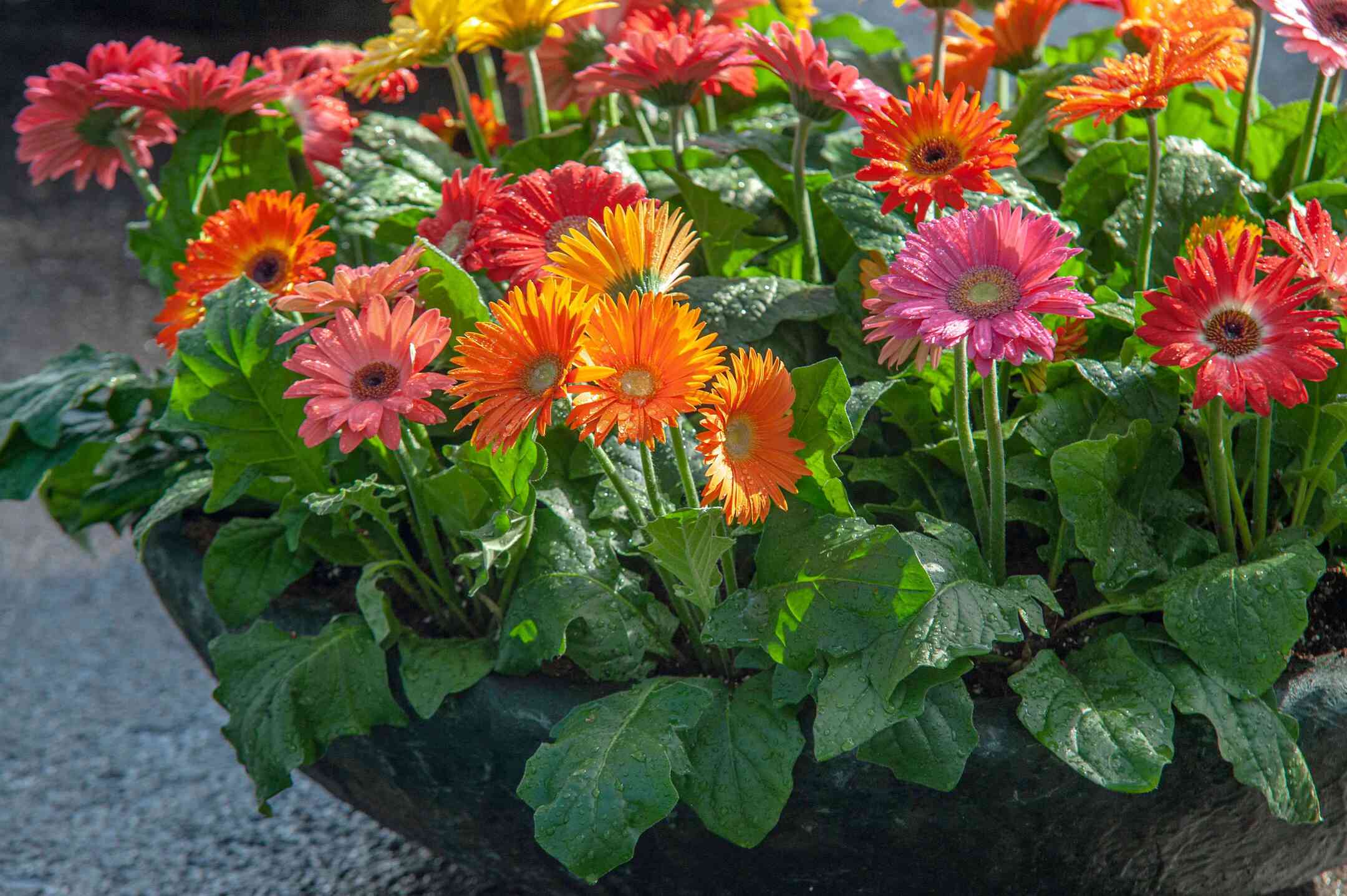
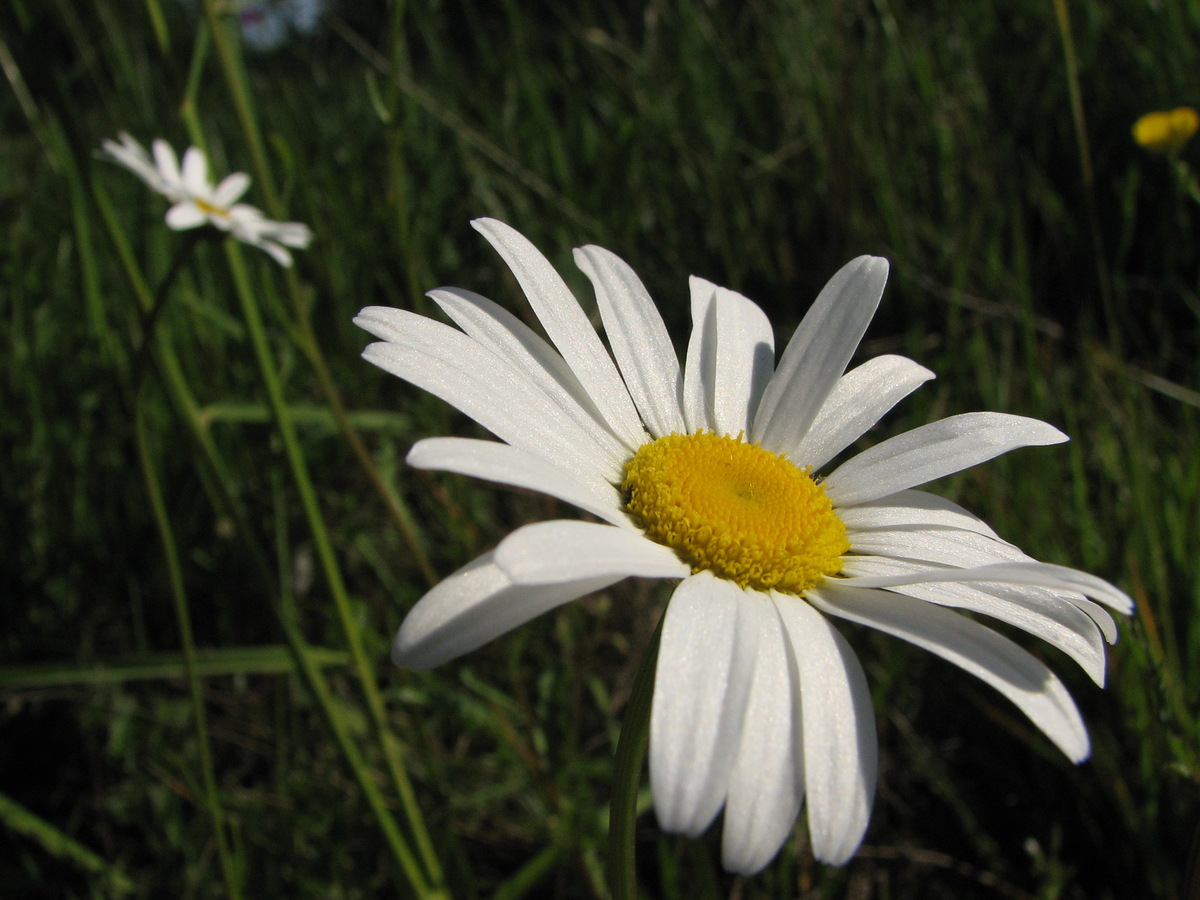
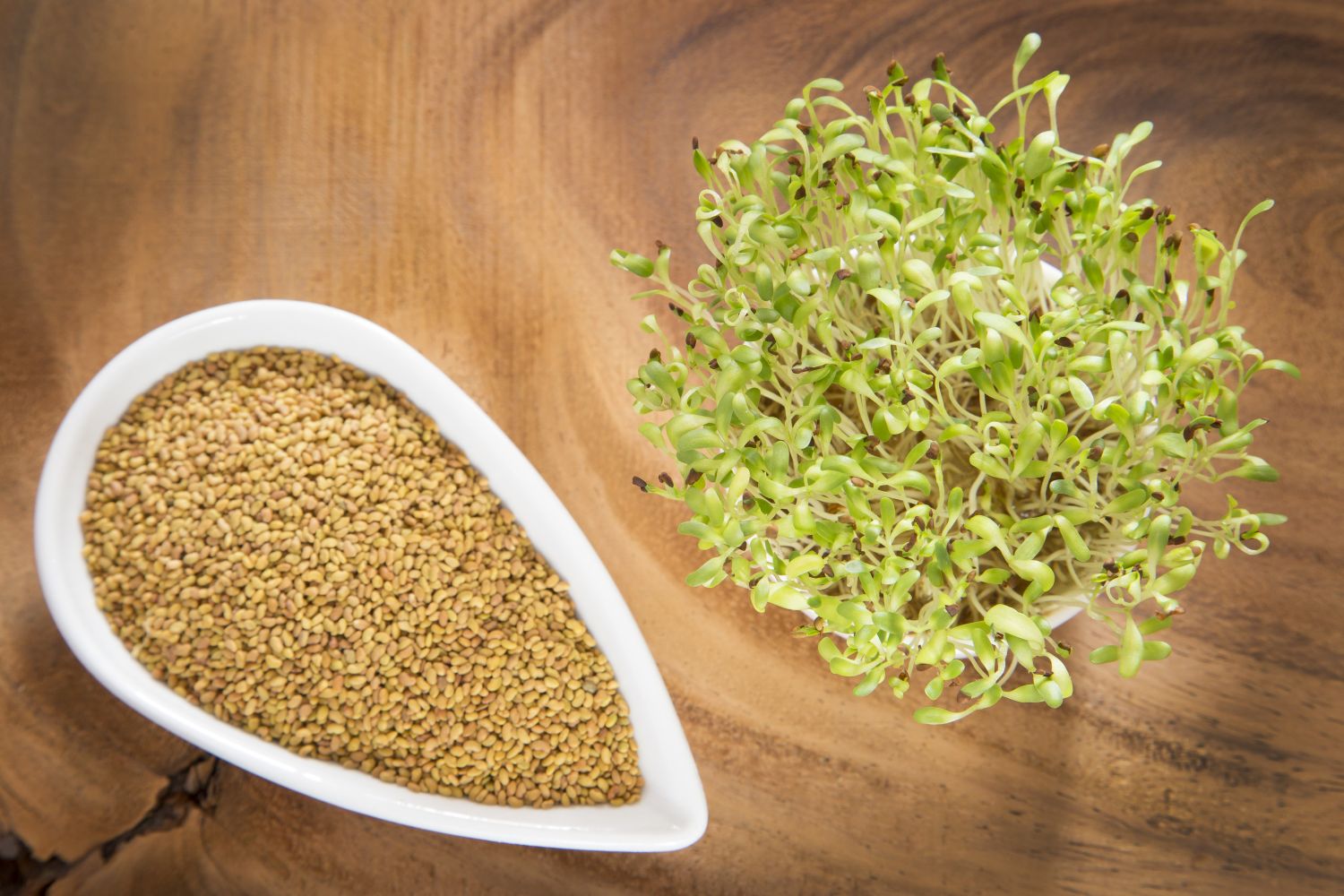
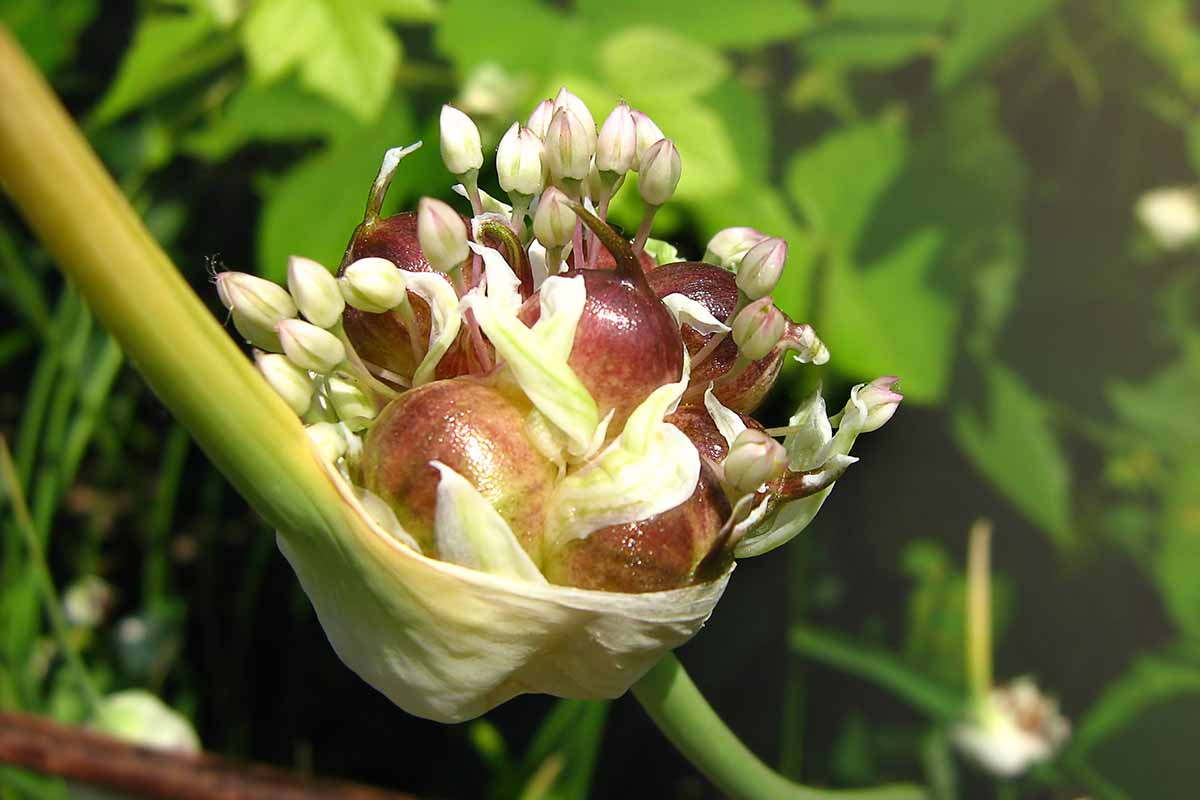
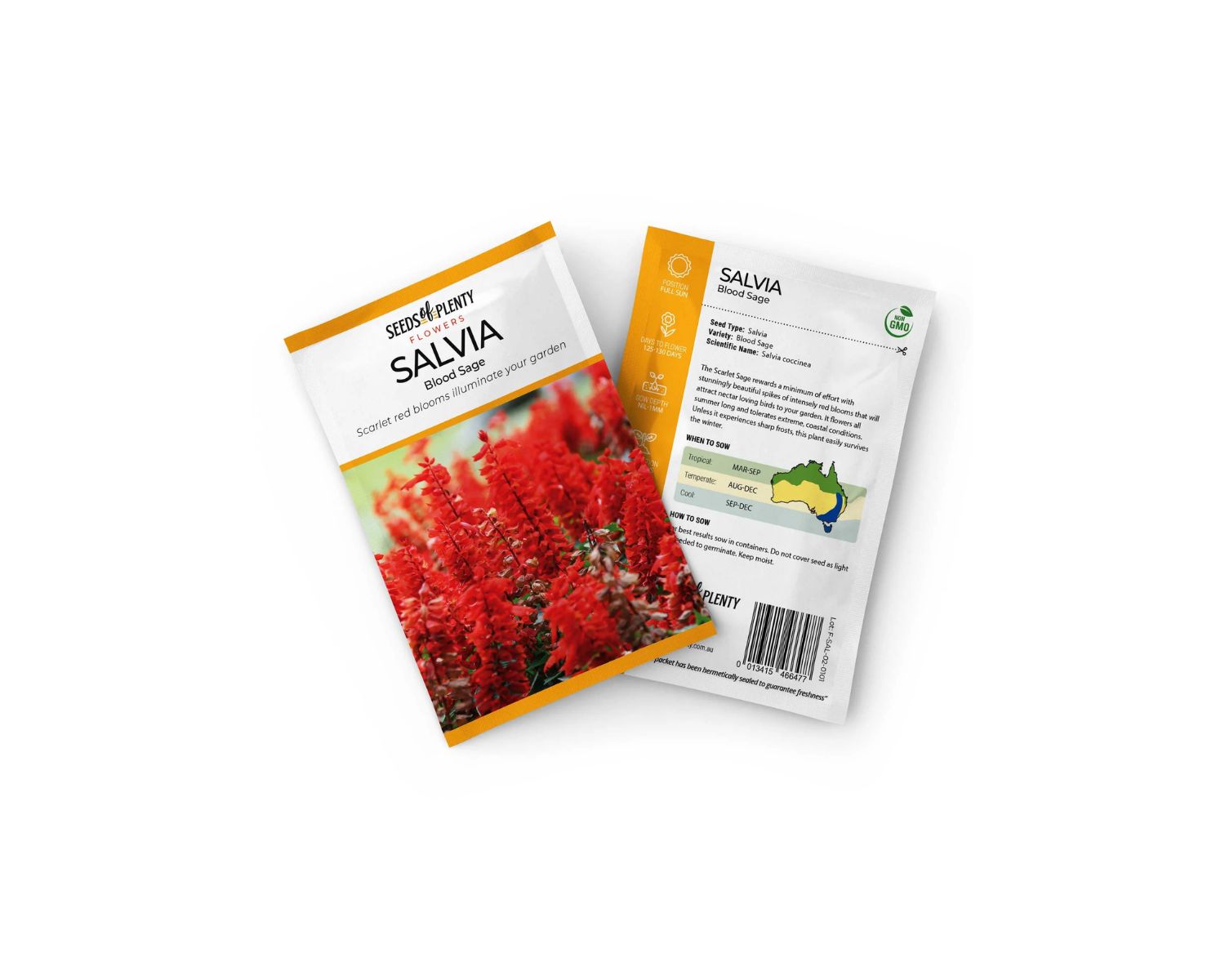
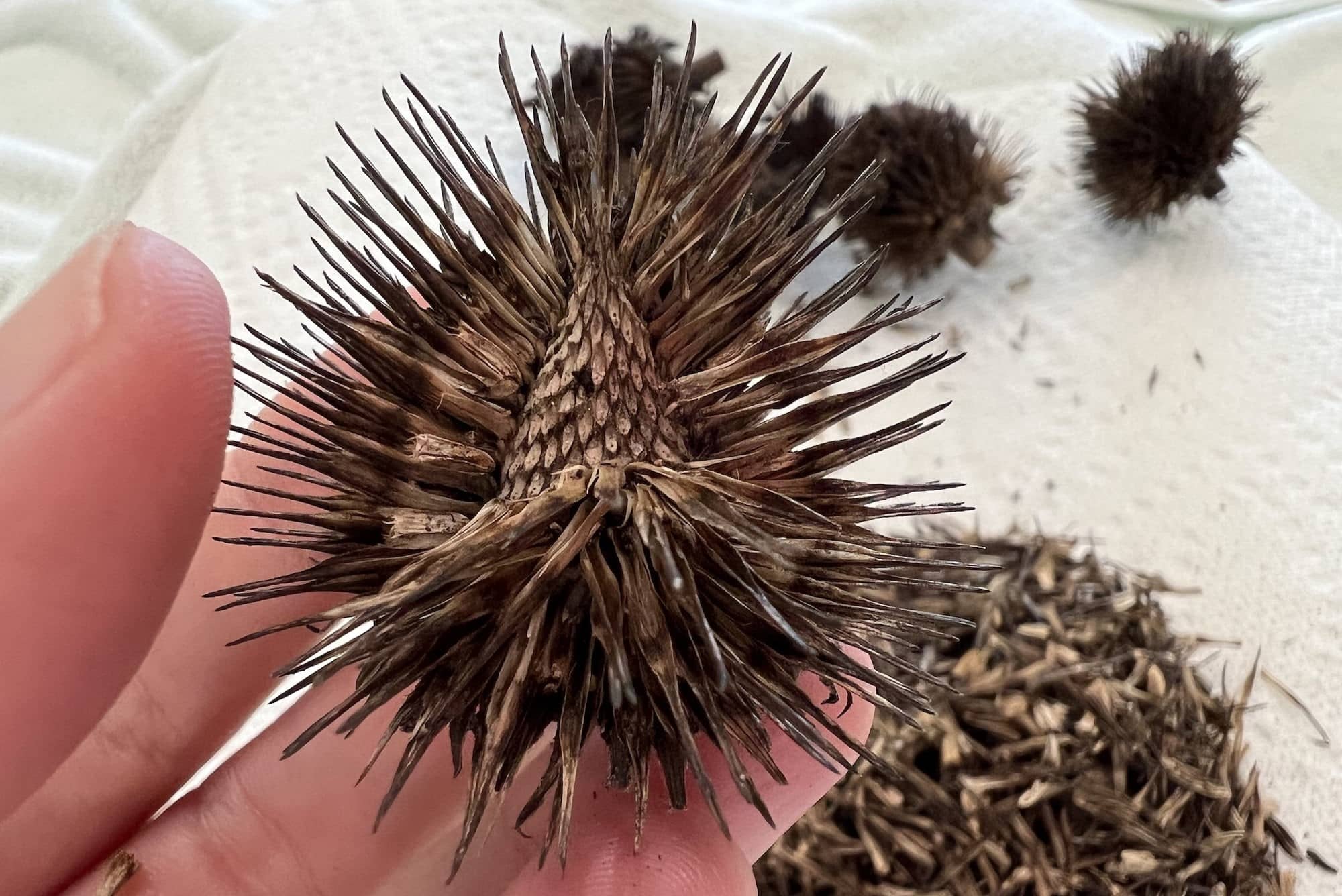
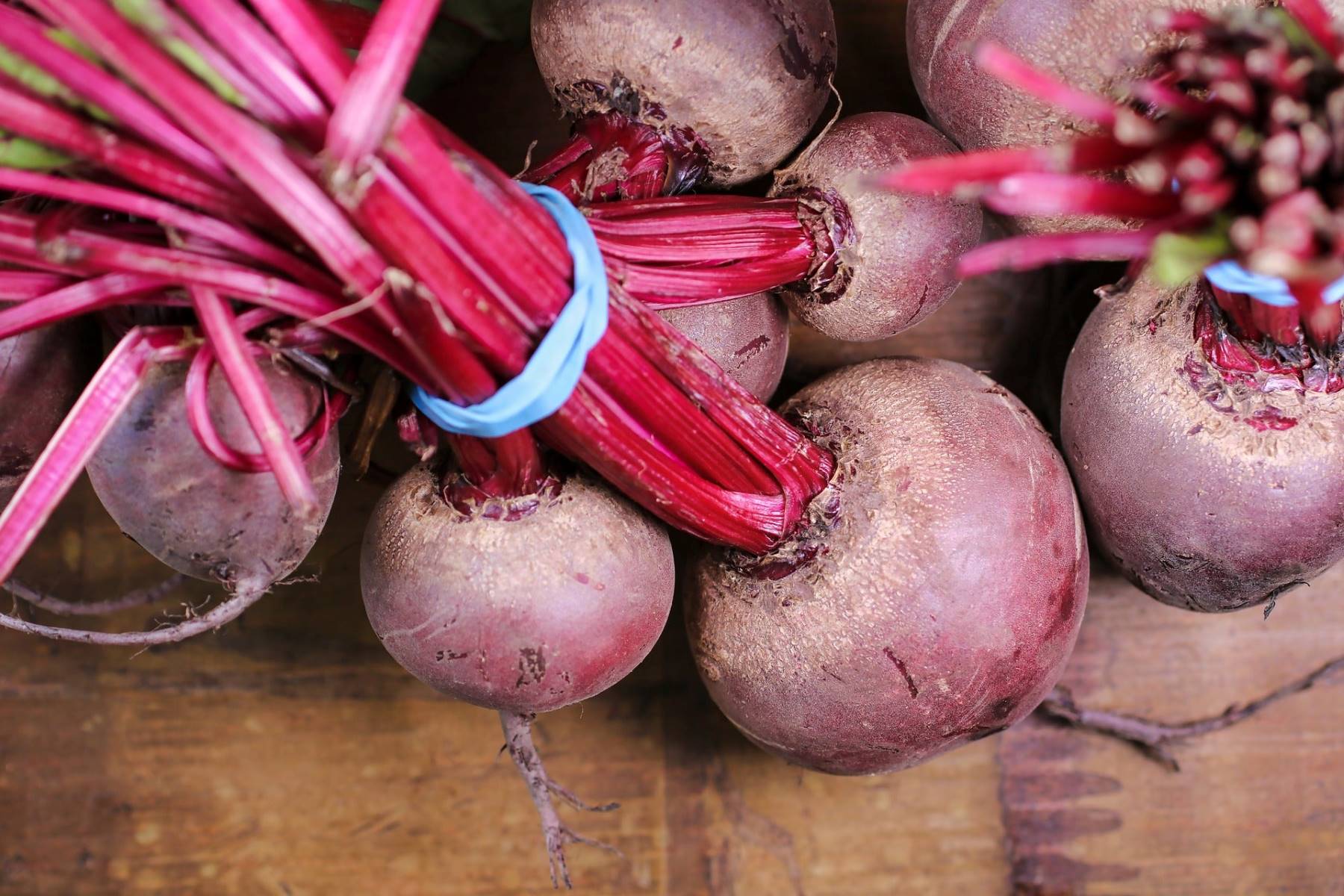
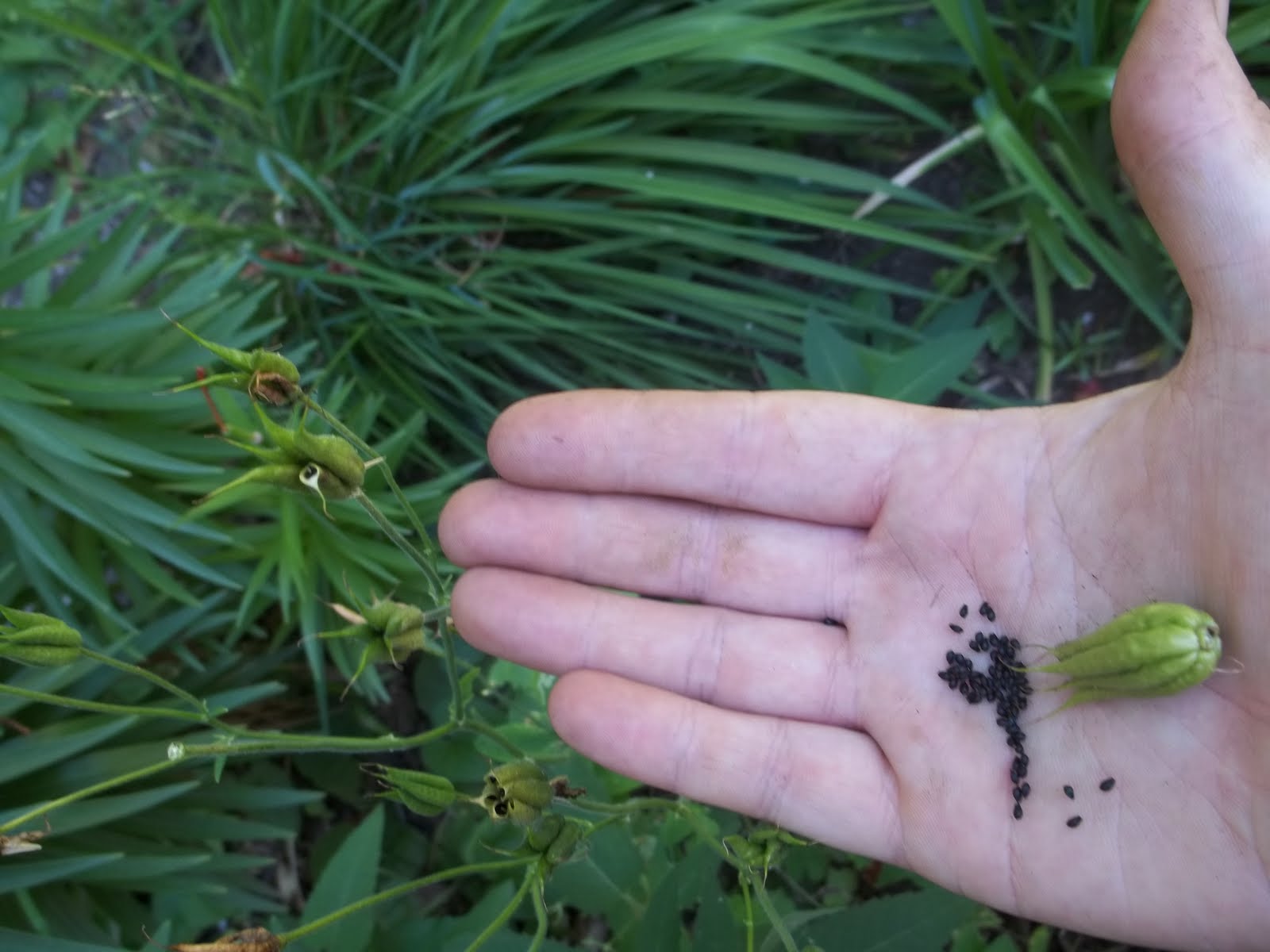
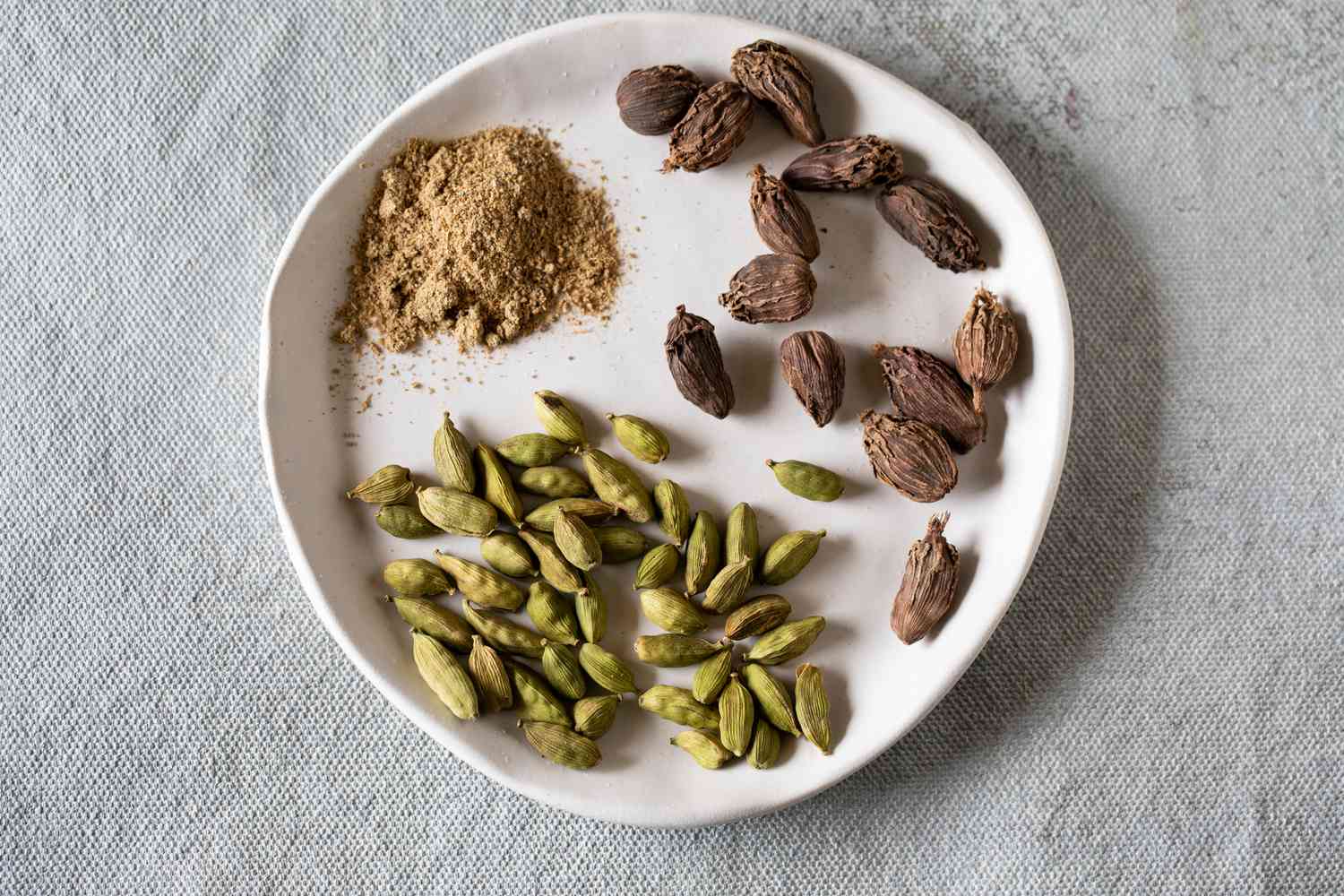
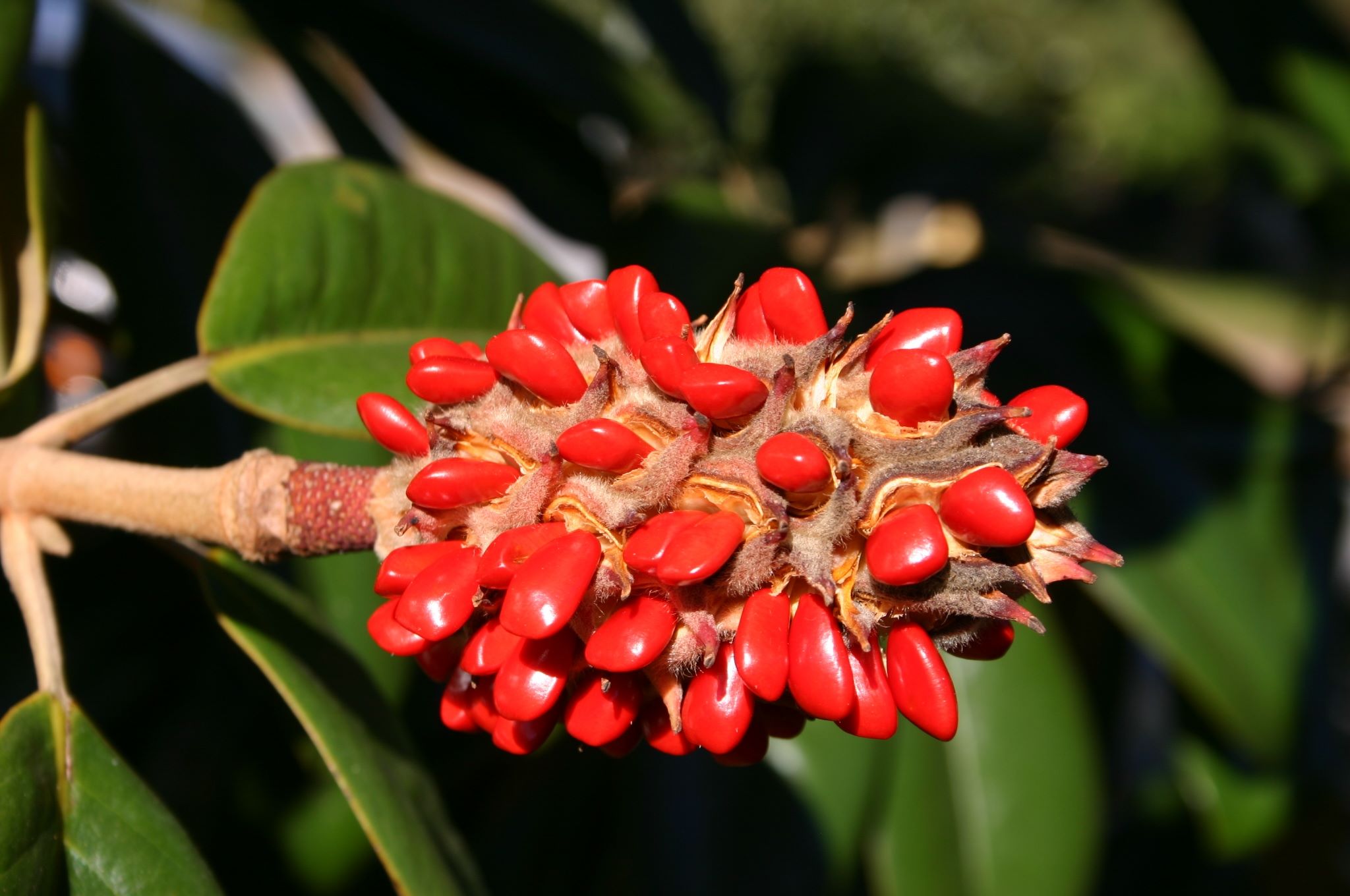
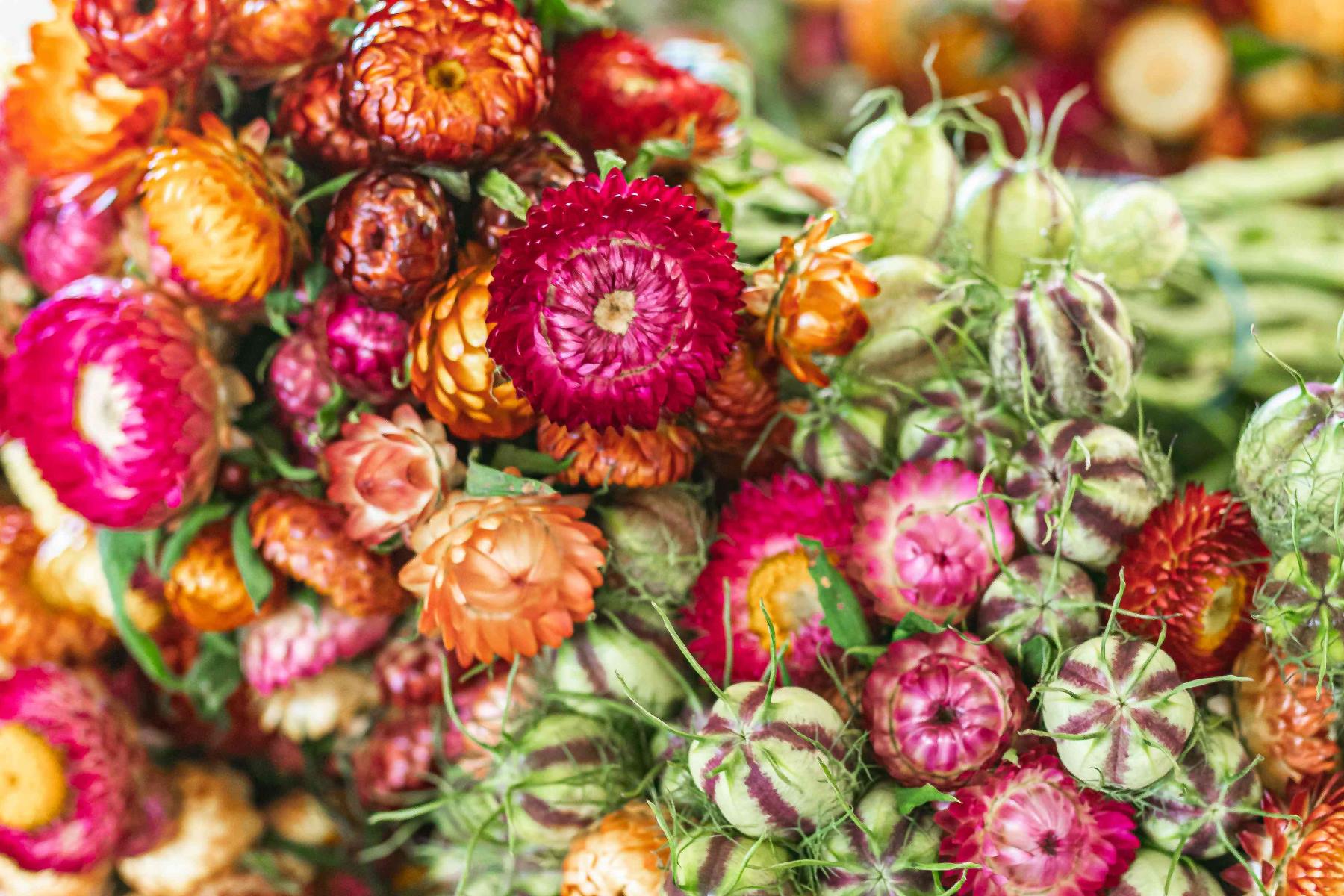
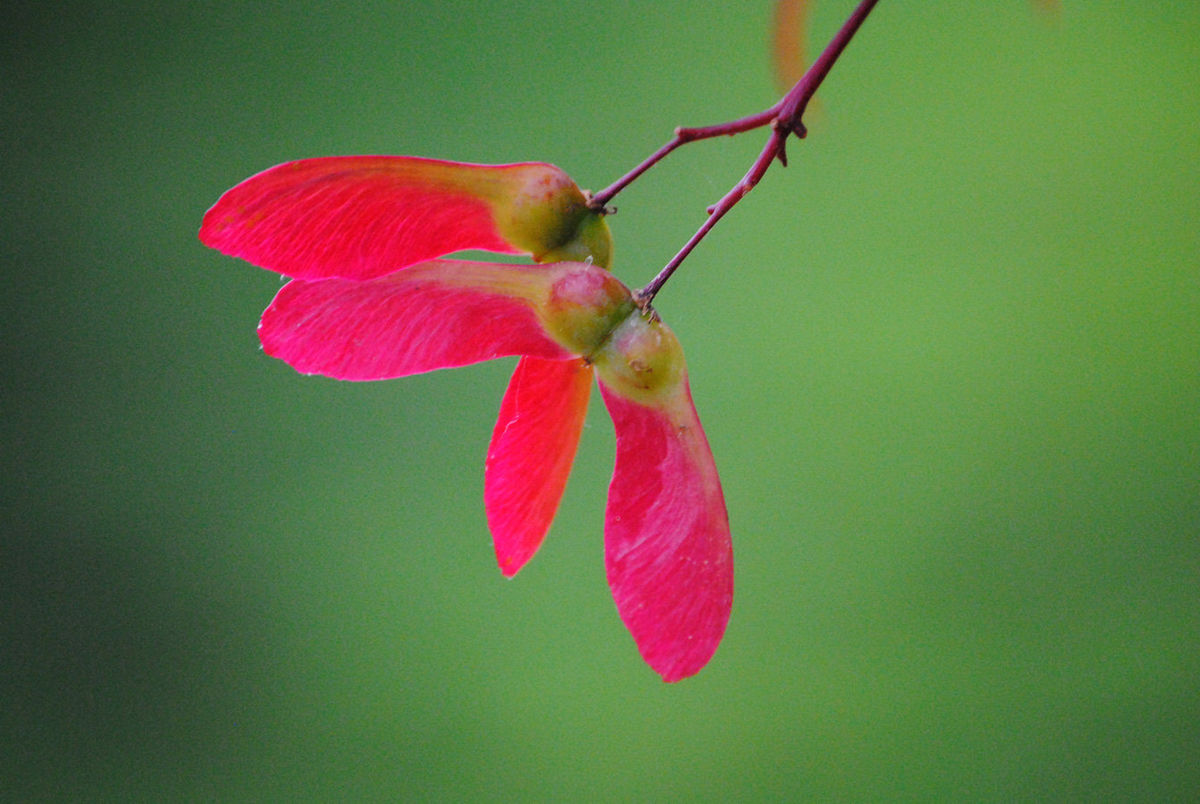
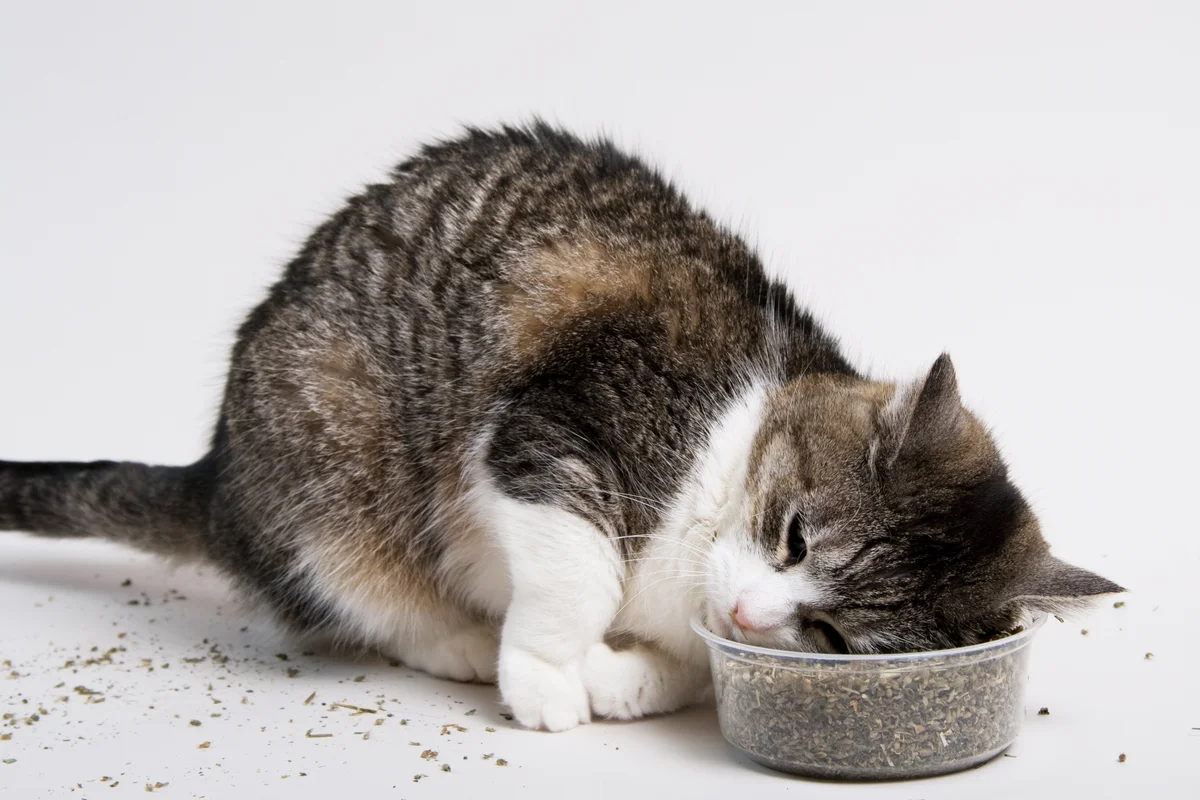
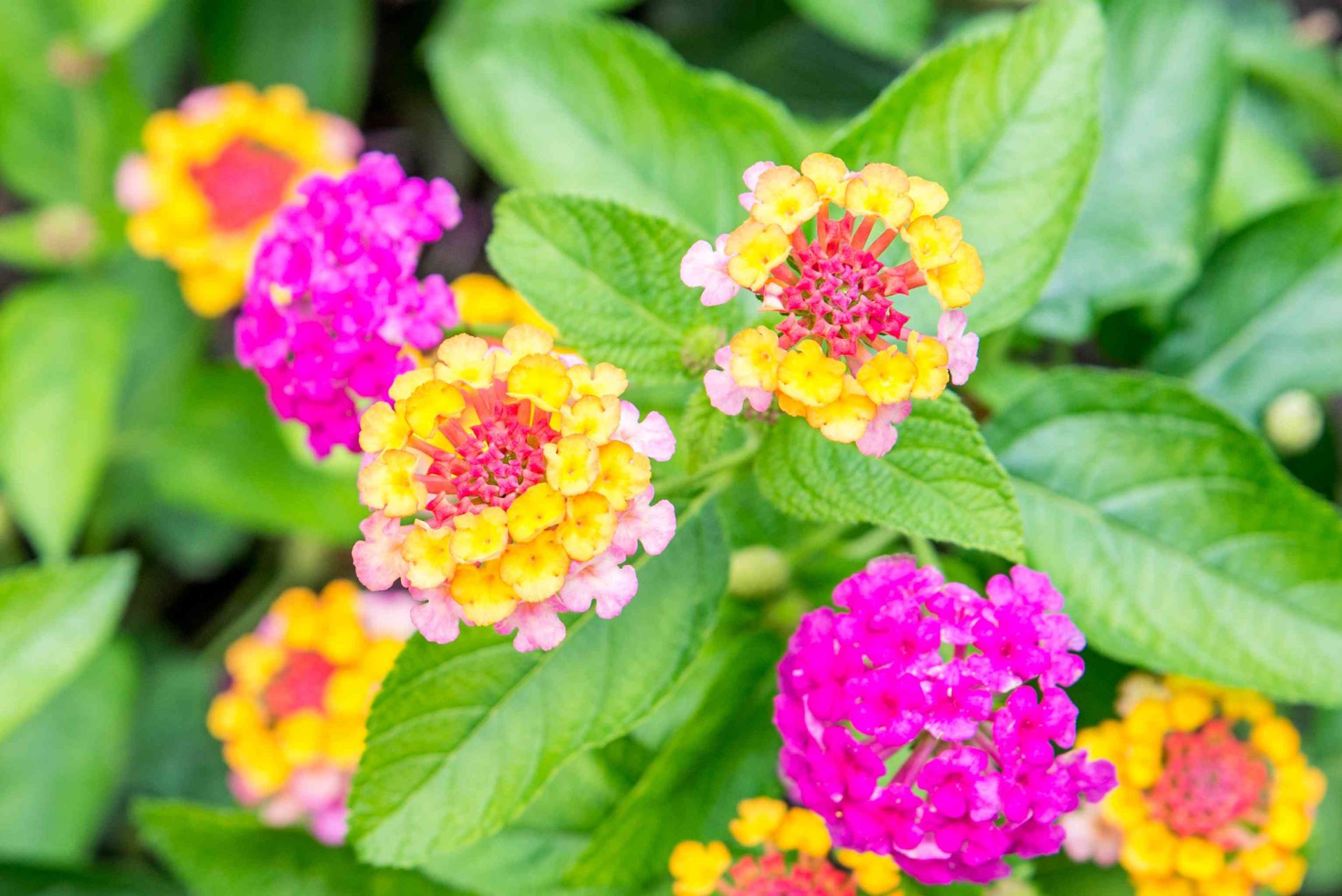

0 thoughts on “What Do Gerbera Daisy Seeds Look Like”